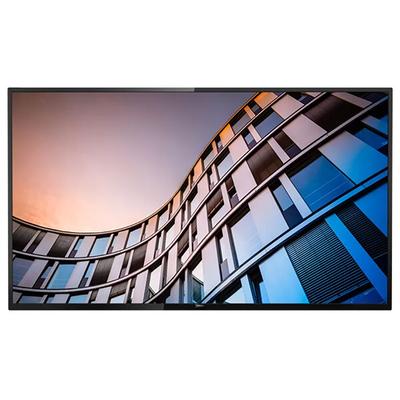Getting a closer look at bone density test

Osteoporosis is a bone-thinning condition, which can manifest as debilitating fractures, affecting mainly the spine, wrist and hip. The disease often occurs in women, but men may also be affected. As per estimated reports, 10 million people in the United States, (8 million women and 2 million men), are already suffering from the condition, while around 34 million are placed at high risk of suffering from osteoporosis due to thinning bone mass (osteopenia).
A bone density scan test is a simple, non-invasive technique to diagnose the risk or presence of osteoporosis. The test also helps monitor osteoporosis treatment.
The doctor might suggest a bone density test in the case of the following:
Height loss: People who have lost at least 1.6 inches in height may develop fractures in their spines, which is mainly due to osteoporosis.
Fracture of a bone: Fragile bones have more tendency for fracture.
Certain medicines: Prolong use of steroid medications (e.g., prednisone) hampers the bone-rebuilding process, which can lead to osteoporosis.
Organ transplant: Organ transplantation increases the risk for osteoporosis, partly because immunosuppressant drugs also interfere with the bone-rebuilding process.
Reduced hormone levels: Women undergo a natural drop in their hormone levels after menopause. Also, estrogen levels may also decrease during certain cancer treatments. Treatments for prostate cancer may also reduce testosterone levels in men – which increases the risk for osteoporosis in men.
An imaging X-ray of a lower dose is employed to spot symptoms of decreased bone density as well as loss of minerals. The scan evaluates the hip and the spinal density, while the scan of the forearm is evaluated in patients who suffer from hyperthyroidism or in case their hip cannot be scanned. For screening of patients under the age of 60, clinicians usually recommend just a scan of the hip.
The density of the total body, the spine, and the hip is evaluated by the machines, while the peripheral machines measure and evaluate the density in the heel, shin bone, kneecap, wrist, and finger. The central machine is used and employed in a bone density scan, which takes about a quarter of an hour including the process of registration. During the procedure, the person will lay on a scanning table for 5-8 minutes. 3D detailed images of these body parts are provided in the scans which can also evaluate the effects of age and diseases other than osteoporosis in the bones.
Recent Articles
Recent Questions
What kind of life insurance builds cash value?
The rest of the premium payment will go toward your policy's cash value. The life insurance company generally invests this money in a conservative-yield investment. As you continue to pay premiums on the policy and earn more interest, the cash value grows over the years.
What is meant by insurance plans?
An insurance plan is the one that consists of a premium amount and other components used in getting a product insured. There may be various types of insurance plans with varying terms and policies.
What are the common components of insurance?
The most important components of most insurance plans are the premium and the contract. Anything written in the contract becomes its crucial component.
What are the various types of insurance policies?
There are various kinds on insurance policies that are available on various assets. Auto, health, commercial vehicle, and travel insurance are some of the popular types of insurance policies.








